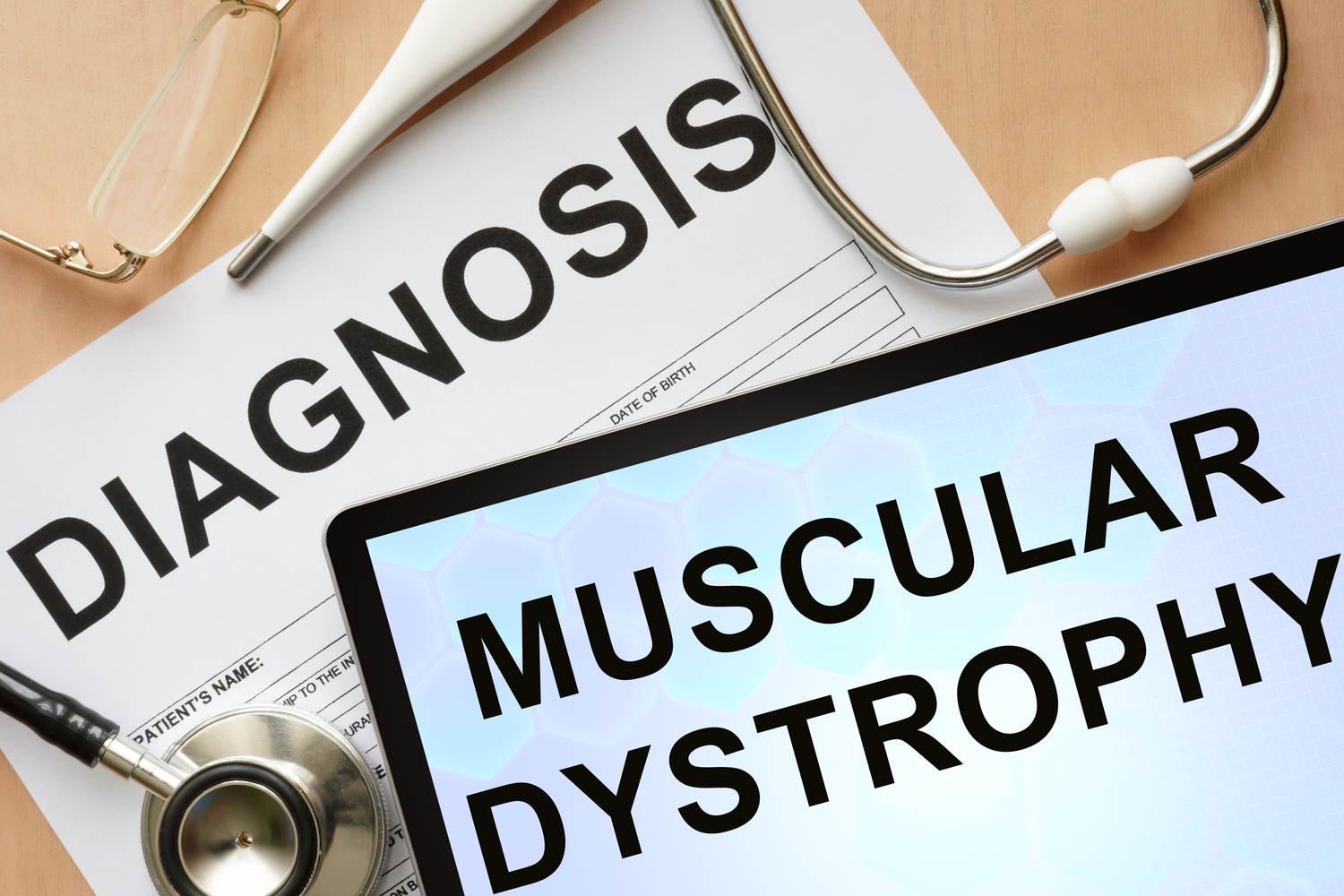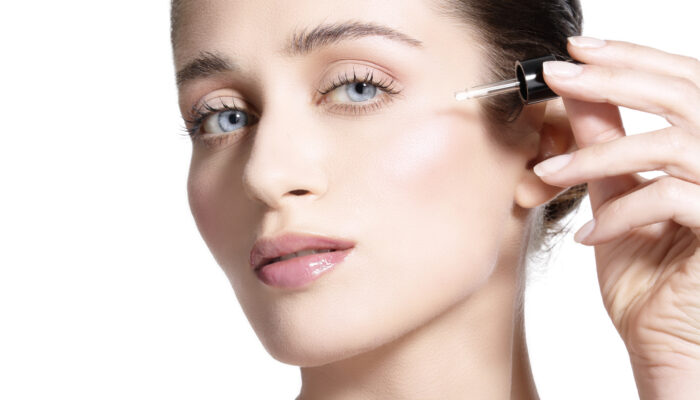
Treatments for muscular dystrophy
The treatment for muscular dystrophy depends on the type. Some of the treatment options that are available are:
Physical therapy
Doctors teach patients a few exercises to help strengthen the muscles and improve flexibility.
Speech therapy
This therapy can help people if their face and throat muscles have become weak. This enables them to talk easily
Occupational therapy
This therapy helps children move and perform daily tasks easily. They are taught how to use braces, wheelchairs, and other devices that help with their day-to-day life.
Respiratory therapy
This therapy helps people overcome their breathing problems which were caused due to muscular dystrophy.
Medications
Different medications are administered to treat the symptoms effectively.
Eteplirsen (EXONDYS 51®) is an injection that helps increase the production of dystrophin to enable better muscle movement. It is approved by the Food and Drug Administration (FDA) and is used to treat Duchenne muscular dystrophy.
Anti-seizure drugs are given to reduce muscle spasms and blood pressure medicines are given to treat heart problems. Doctors may also recommend the administering of creatine, which helps improve muscle strength and fuel it with energy.
Corticosteroids such as prednisone are given to slow down muscle damage. However, using these medicines for a prolonged period of time can lead to obesity and weak bone, making one prone to fractures.
Surgery
In patients who are suffering from additional symptoms such as heart problems and have difficulty swallowing, surgery can help alleviate it.
Vaccinations
Advanced stages of muscular dystrophy can lead to several respiratory infections. Therefore, one must get vaccinated against pneumonia and influenza to avoid further complications.
Therapies used to treat muscular dystrophy
There are several therapies and assistive devices that can help one manage the symptoms of muscular dystrophy, and in some cases, can help people live longer too.
- Braces
Braces help in keeping the muscles and tendons stretched. It helps people with mobility by providing support to the muscles that have become weak. - Exercise
Exercises that are easy on the muscles, such as slow walk and swimming can help improve the strength and the mobility of the muscles. It is important to take your doctor’s advice if exercising as some of them can be very harmful. Along with that, range-of-motion exercises and stretching exercises can immensely help keep the joints flexible. - Breathing assistance
People may develop sleep apnea as their respiratory muscles begin to deteriorate. As a result, people may have to use breathing assistance devices such as a ventilator to help them breathe normally. - Mobility aids
People with muscular dystrophy may have to use mobility aids such as canes, walkers, and wheelchairs to help them move around. - Proper nutrition
Although a healthy diet cannot help treat muscular dystrophy, proper nutrition is extremely vital as a lack of mobility can lead to constipation, obesity, and dehydration. It is extremely essential to prevent any further health complications.



